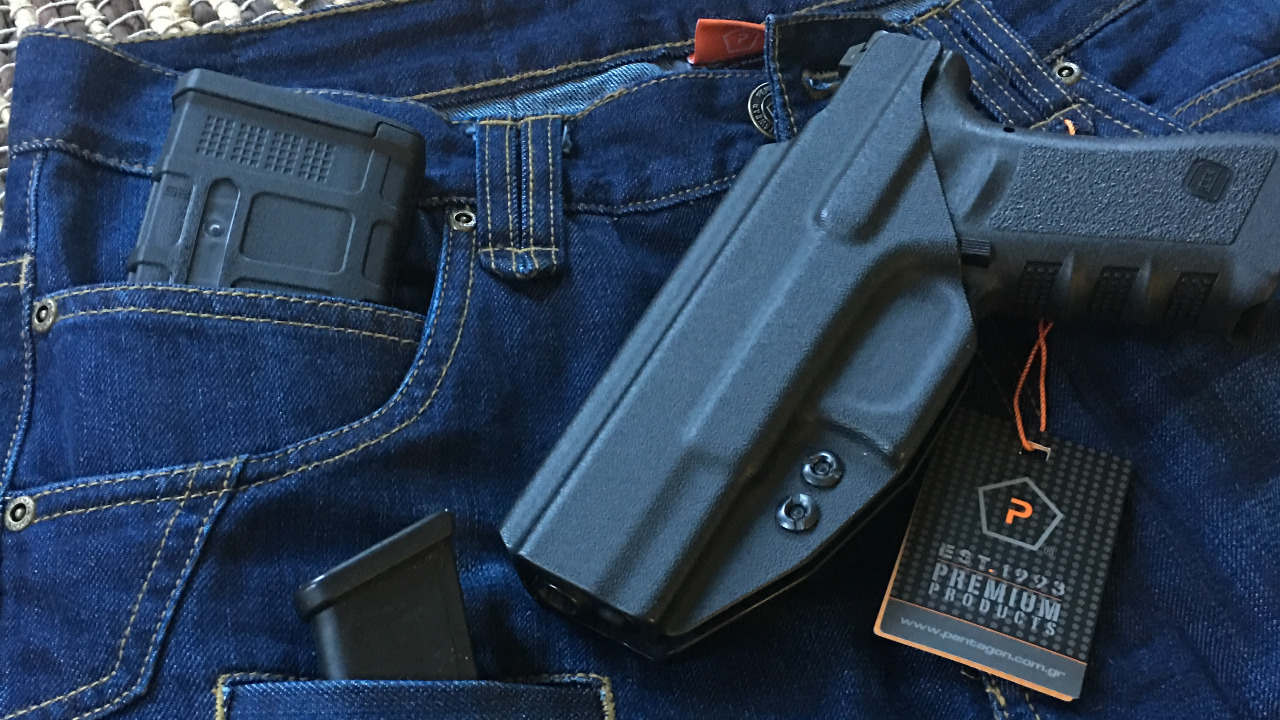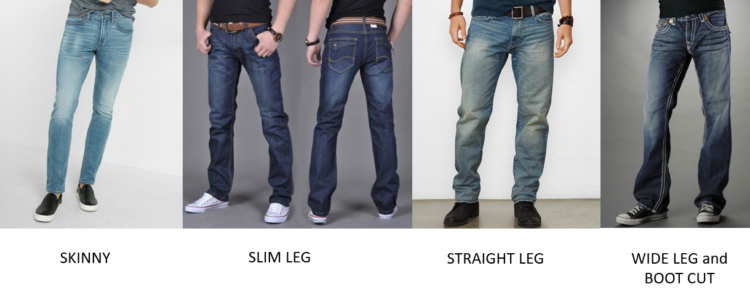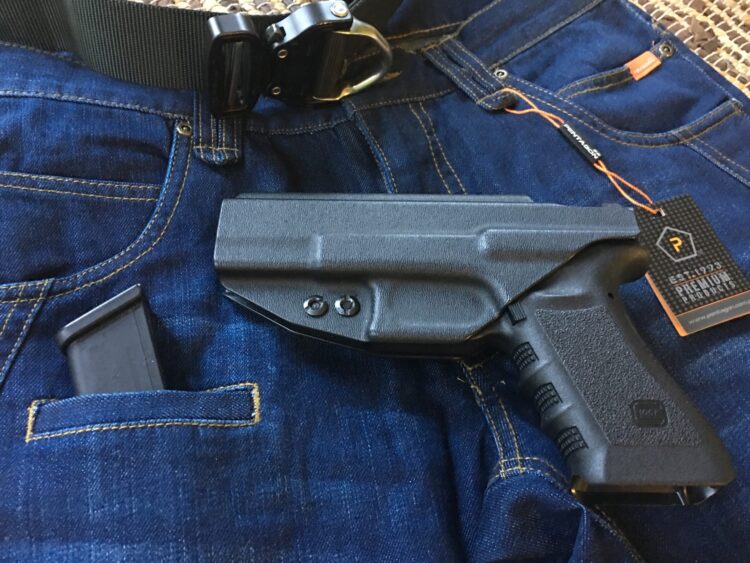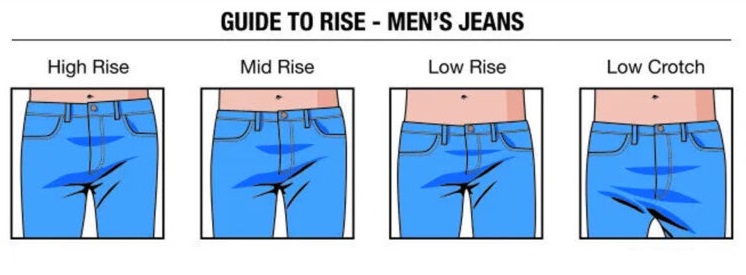The story of blue jeans dates back to the mid-19th century, when a visionary tailor named Jacob Davis teamed up with entrepreneur Levi Strauss to create a rugged and durable work pant. Davis had developed a unique method of reinforcing stress points on garments using metal rivets, which greatly enhanced their strength. Recognizing the potential of this innovation, Davis sought a business partner to help bring his idea to life. Enter Levi Strauss, a Bavarian immigrant who had established a successful wholesale dry goods business in San Francisco. When Davis approached him with his idea for riveted pants, Strauss saw the opportunity to cater to the needs of hardworking laborers, including gold miners, cowboys, and railroad workers.
In 1873, Davis and Strauss received a patent for their invention, thus marking the birth of blue jeans. The first blue jeans were made from a sturdy fabric called denim, which was originally produced in the city of Nîmes, France (hence the name “denim”). The denim fabric was known for its exceptional durability and was woven using blue indigo-dyed yarns, giving it the characteristic blue color. Denim fabric typically consists of cotton fibers, which provide strength and comfort. The weight of the denim can vary, ranging from lightweight for more casual styles to heavyweight for workwear and rugged jeans.
High-quality jeans are typically made from durable and sturdy denim fabric, woven from long-staple cotton fibers. The fabric should feel substantial, with a good weight and thickness, ensuring longevity and resistance to wear and tear. Once the fabric is chosen, it undergoes a series of treatments. The denim is washed and pre-shrunk to minimize further shrinkage after purchase. Some jeans also undergo a process called “stonewashing,” where they are tumbled with pumice stones to achieve a worn and faded look. Next, the fabric is cut into individual pattern pieces. These pieces include the front and back panels, waistband, pockets, and other details. The precise cutting is crucial to ensure a proper fit and maintain the desired silhouette.
Look for well-constructed jeans with strong stitching. The seams should be straight, even, and reinforced at stress points, such as the crotch, pockets, and fly. Double-needle or chain stitching is commonly used for added durability. The cut fabric pieces then move to the sewing stage. Skilled garment workers stitch the panels together, using strong thread and reinforced seams. The riveting process, pioneered by Davis, comes into play as metal rivets are applied to stress points such as pocket corners and the fly area, providing extra strength and preventing tearing. Another essential element of blue jeans is the distinctive stitching. The most recognizable stitch pattern is the double-needle or chain stitch, which creates the iconic roping effect along the seams. This stitching not only adds visual appeal but also reinforces the seams for longevity.
A high-quality pair of jeans should provide a flattering and comfortable fit. The fabric should have a degree of stretch, allowing for ease of movement without losing its shape over time. Look for jeans that incorporate a blend of fabrics, such as elastane or spandex, for added stretch. They should be designed to accommodate various body types and offer options for different body shapes, such as slim, straight, or relaxed fits. Pay attention to the rise (the distance from the crotch to the waist) and leg length options to find the right fit for you.
After the jeans are assembled, they undergo quality checks and inspections to ensure they meet the brand’s standards. This includes examining the stitching, rivets, buttons, and zippers for any defects. High-quality jeans often feature sturdy and well-secured metal hardware that withstands repeated use. The buttons and rivets should be securely attached, and the zipper should move smoothly. Once approved, the jeans are washed and finished, giving them their softness and worn-in feel. The final touch is the branding. Blue jeans often bear a leather or fabric patch on the waistband, displaying the brand logo or name. This patch is an integral part of the jeans’ identity and adds a touch of authenticity.
Look for thoughtful design details that contribute to both style and functionality. This can include well-designed pockets, such as deep front pockets and reinforced back pockets. Additionally, consider features like belt loops, waistband lining, and the placement and design of back yokes.
The glossary below comes from Denimhunters.com
Rivets – pieces of metal found at the pocket corners of jeans with the purpose of strengthening these stress point
Hidden rivets – rivets on the back pockets of jeans that are covered by denim fabric
Arcuates – patterns of stitching on the back pockets of jeans, also known as back pocket signatures
Back cinch – a feature that can tighten the waistband of jeans
Bartack – stitches that reinforce stress points of jeans
Belt loops – features that help wearers keep a belt in place at the waistband of jeans
Coin pocket – a small pocket that’s half-tucked into the left front pocket of jeans
Suspender buttons – buttons that are used to ‘anchor’ suspenders to jeans
Five-pocket jeans – the quintessential jean has two pockets on the back and three on the front
Chain stitch – a type of stitching with one continuous thread that is looped back on itself
Roping effect – the abrasion on jeans hems sewn with chain stitching
Fly – the front opening on jeans, either with buttons or a zipper
Yoke – the V-shaped section at the back of jeans that give them a curved seat
Anti-fit – jeans with the rise cut in a straight line (as opposed to a curve)
Pre-washing – industrial processes and abrasive techniques that imitate the fading on naturally worn-in raw denim
Red tab – a small, red branding label with the name ‘Levi’s’ on it
Brand patch – a label found at the waistband of jeans above the right back pocket
Back pocket flasher – a removable tag, usually placed on the right back pocket of jeans
Levi’s XX – the name of the Levi’s jeans before they were named 501
Best Guide for Getting Tactical Jeans to Use with a Concealed Carry



